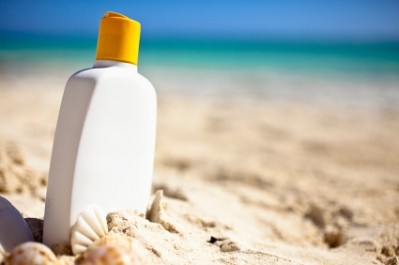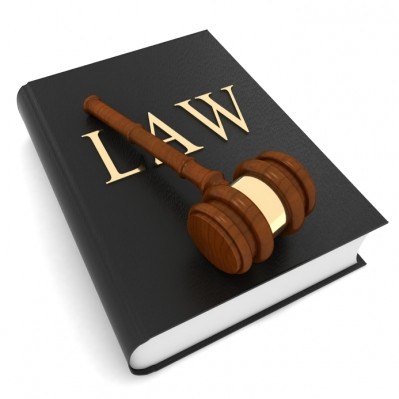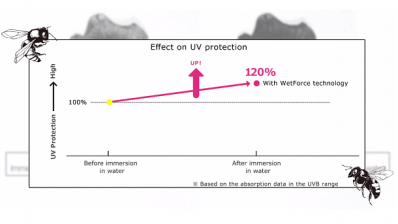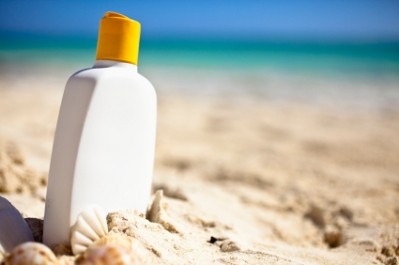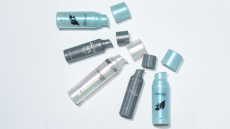Research reveals confusion over sunscreen terminology
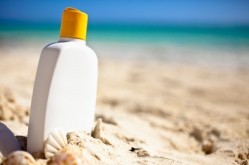
Reflecting the extent of this confusion, a study by researchers at Northwestern University revealed that only 43% of people surveyed understood the definition of sun factor protection, and only 7% knew how to identify a sunscreen product that offered anti-aging properties.
The study was published in the June 17 edition of the journal of JAMA Dermatology and underlines the fact that sunscreen manufacturers may have some work to do to either educate consumers about labelling definitions, or perhaps, to simplify them and make them easier to understand.
Researchers point to need for greater awareness
The author of the study believes that the findings point to the fact that there is still a significant hole to be filled with respect to consumer awareness, but also has a suggestion that could clarify things.
"We need to do a better job of educating people about sun protection and make it easier for them to understand labels," said Dr. Roopal Kundu, lead author of the study and a professor in dermatology at the Northwestern University Feinberg School of medicine and dermatology.
In recent year research has revealed more about the role that UV-B can play in suncare and how sunscreens that protect from these rays can prevent burning.
Drive towards broad spectrum protection
However, more recently there has been an increasing awareness of the roles both UV-A and UB-B rays plays in skin aging, leading to a rash of sunscreens products that target this particular area.
And in line with this, the FDA introduced regulations requiring that manufacturers emphasize the importance of broad spectrum protection on labels.
In the study, the researchers note that an SPF 30 is recommended for most skin types as it blocks 97% of UV-B rays, but it is also stressed that this type of sunscreen must be reapplied every two hours to ensure continued efficacy.
Survey carried out on 114 participants last summer
Of the 114 participants that took part in the survey last summer, 80% said they had bought sunscreen in 2013, with 75% naming the prevention of sunscreen as the top reason for the purchase.
And the three top factors influencing sunscreen purchases were the highest SPF value, sensitive skin formulation and sweat and water resistance – with almost half of respondents stressing a high SPF value as most important.
However, the researchers pointed out that in line with this the overreliance on the SPF rating was a concern, as there are a number of factors that mean a high SPF alone does not provide full UV-A and UV-B protection.
Assessing how much labels were understood
The researchers asked the study group to identity the information on a selection of sunscreen labels with an SPF30, asking them to identify the terminology, which many seemed to struggle with:
- Just 38 percent correctly identified terminology associated with skin cancer protection
- About 23 percent were able to correctly identify how well the sunscreen protected against sun burn
- Only seven percent were able to correctly identify how well the sunscreen protected against early skin aging
Is a star system the way forward?
Interestingly, the researchers also showed the participants sunscreen labels that identified UV-A protection with a four star system and UV-B protection as an SPF value.
Evidently this led to a lot less confusion for the individuals in the group, with nearly 80% saying they were able to determine the level of UV-A protection and 90% saying they could identify the UV-B protection.
The report authors indicate that this could be a good approach to take in the future if manufacturers wanted to simplify labeling and avoid consumer confusion.
